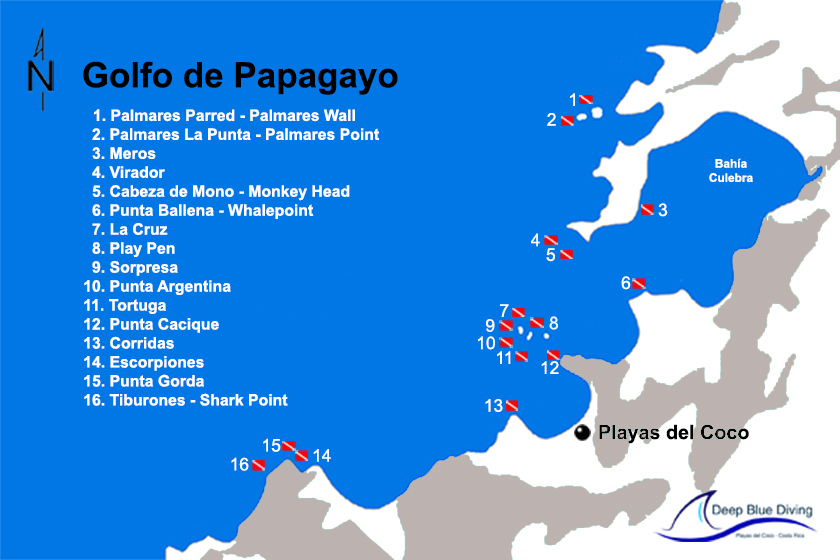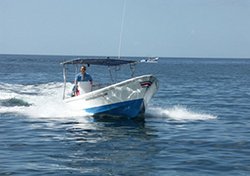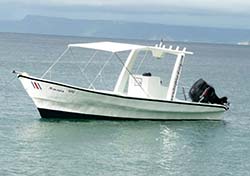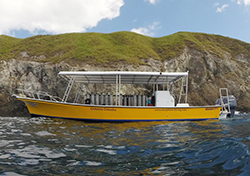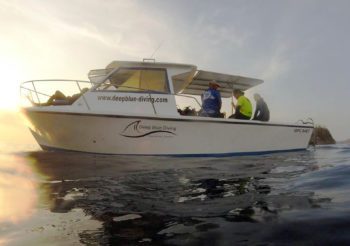PADI - RESCUE DIVER AND EMERGENCY 1ST RESPONDER (EFR)
“Challenging” and “rewarding” best describe the PADI – Rescue Diver course with the EFR course.
Emergency 1st Responder Building upon what you’ve already learned, this course expands on what you already know about how to prevent problems, and how to manage them if they occur. The fun part about this two courses is rising to challenges and mastering them. Most divers find this courses both demanding and rewarding, and at the end, say : The best courses they’ve ever taken.
Emergency First Response training focuses on building confidence in lay rescuers and increasing their willingness to respond when faced with a medical emergency. You learn simple to follow steps for emergency care and practice applying skills in a nonstressful learning environment. All courses are supported by self-study manuals, videos and quick reference cards to enhance learning and allow you start learning right away.
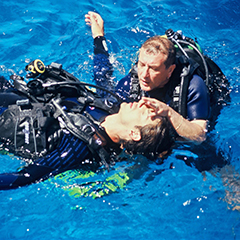
COURSE INFORMATION:
The PADI – Rescue Diver Course prepares you to deal with dive emergencies, minor and major, using a variety of techniques. Through knowledge development and rescue exercises, you learn what to look for and how to respond. During rescue scenarios, you put into practice your knowledge and skills. Topics include:
- Self rescue
- Recognizing and managing stress in other divers
- Emergency management and equipment
- Rescuing panicked divers
- Rescuing unresponsive divers
The knowledge and skills you get in the Emergency First Response course include:
- Primary Care (CPR)Emergency First Response Primary Care (CPR) teaches participants how to respond to life-threatening emergencies. The course focuses on primary care through a combination of knowledge development, skill development and realistic scenario practice to make sure participants have the confidence in their ability to provide care when emergency situations arise.Primary Care (CPR) skills taught in this course:
- Scene Assessment, Barrier Use, Primary Assessment, Cardiopulmonary Resuscitation (CPR), Serious Bleeding Management, Shock Management, Spinal Injury Management, Conscious and Unconscious Choking Management.
- Recommended Skills
– Automated External Defibrillator (AED) Use
– Emergency Oxygen Use
- Secondary Care (First Aid)Emergency First Response Secondary Care (first aid) covers injuries or illnesses that are not immediately life threatening. Participants focus on secondary assessment and first aid through knowledge development, skill development and realistic scenario practice.Secondary Skills taught in this course:
- Injury Assessment
- Illness Assessment
- Bandaging
- Splinting for Dislocations and Fractures
TO ENROLL:
PADI (Junior) Adventure Divers who are at least 12 years old and have completed the Underwater Navigation Adventure Dive may enroll in a Rescue Diver course. You need adequate swimming skills and need to be in good physical health. A medical questionnaire has to be completed and might indicate a contraindication to check with your doctor.
GETTING STARTET:
All of our PADI – Rescue Diver Courses and EFR Courses are private or semi private. We can start every day you want us to. Stop by at our dive shop to enroll in the course, get your materials and start reading the book. Your PADI Instructor will schedule time with you to, check your progress and make sure you understand important scuba diving information.
EQUIPMENT:
You’ll use in the PADI – Rescue Diver Course your basic scuba equipment and will need a pocket mask to practice in-water resuscitation. During exercises, you’ll work with an oxygen unit, floats, marker buoys and perhaps CPR mannequins. Your PADI Instructor will explain the equipment that you need and may suggest additional gear.
EFR Course:
- Automated External Defibrillator (AED)
- Emergency Oxygen
- CPR mannequins
- For Rescue Exercise: 12 metres/40 feet
- For Rescue Exercise: 9 metres/30 feet
15-80 feet, 5 bis 25m
average 78-86F°, 25-30C°, Thermoclines in Feb/Mar down to 65F°, 19C°
